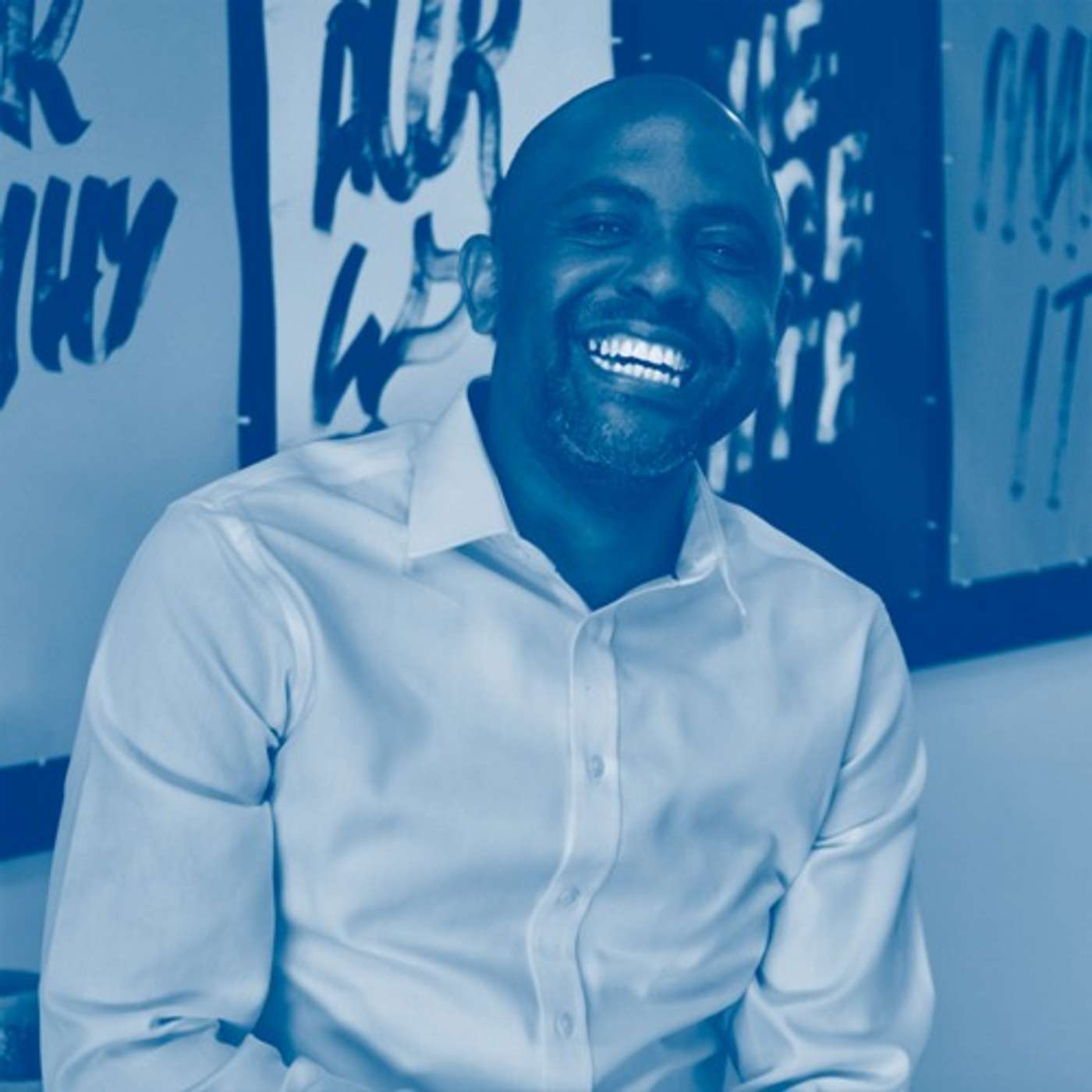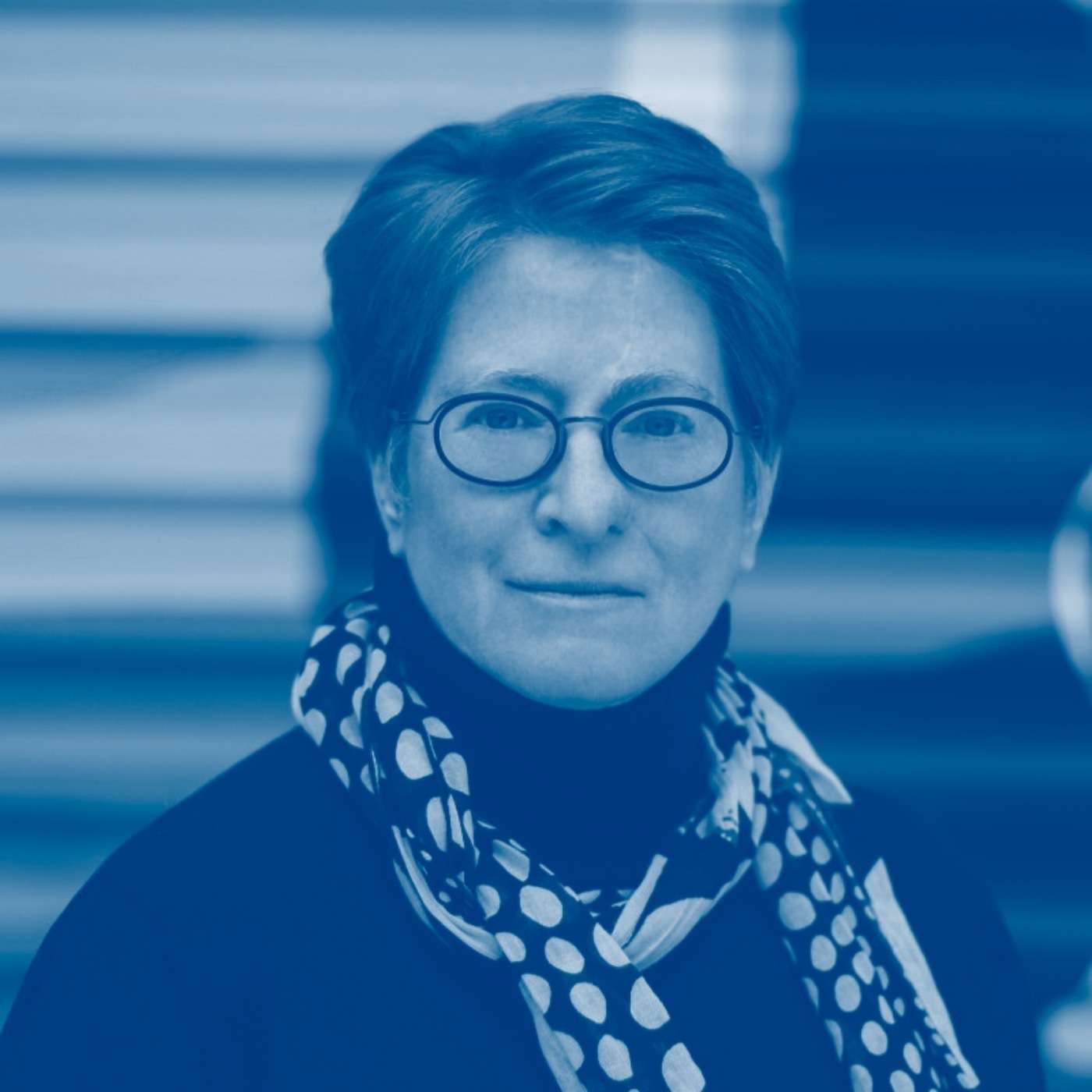Open Innovation - Kevin Leland, Halo Founder and Baxter's Matt Muller - Replay
Description
On this week's episode of Inside Outside Innovation, we sit down with Kevin Leland, CEO and Founder of Halo and Matt Muller, Director of Applied Innovation at Baxter. The three of us talk about the changing world of open innovation and what it takes to connect and collaborate, to solve big industry problems. Let's get started.
Inside Outside Innovation is the podcast to help new innovators navigate what's next. Each week, we'll give you a front row seat into what it takes to learn, grow, and thrive in today's world of accelerating change and uncertainty. Join us as we explore, engage, and experiment with the best and the brightest innovators, entrepreneurs, and pioneering businesses. It's time to get started.
Interview Transcript with Kevin Leland, CEO and Founder of Halo and Matt Muller, Director of Applied Innovation at Baxter
Brian Ardinger: Welcome to another episode of Inside Outside Innovation. I'm your host, Brian Ardinger. And as always, we have another amazing set of guests. Today, we have Kevin Leland, who is the CEO and Founder of Halo. And Matt Muller, who is the Director of Applied Innovation at Baxter. Welcome.
Kevin Leland: Thank you.
Brian Ardinger: Hey, I'm excited to have you both on the show to talk about a topic that's near and dear to a lot of folks out there. That's the topic of open innovation and how to corporates and startups and new ideas get started in this whole world of collaborative innovation. Kevin you're the CEO and founder of Halo. What is Halo? And how did you get started in this open innovation space?
Kevin Leland: Halo is a marketplace and network where companies connect directly with scientists and startups for research collaborations. It's about as simple to post RFP or a partnering opportunity on Halo as it is to post a job on LinkedIn. And then once it's posted scientists submit their research proposals. We went live in January. Matt and the team of Baxter was our very first customer. So, the earliest of early adopters and they were a really fantastic partner.
I came across the idea of Halo and got into open innovation really kind of by accident. The original concept for Halo was crowd funding for medical research. So, a little bit different, but we would work with technology transfer offices at universities to identify promising technology that just needed a little bit of funding to get to the next level.
And through that experience, I learned that scientists needed more than just funding. They needed the expertise and the resources of industry. Meanwhile, I was learning how industry was actively trying to partner with these scientists and these early-stage startups, because they realized that they were less good at the early-stage discovery process of research. And so to me, it seemed like an obvious marketplace solution. And so that's where the impetus of the business came and how we started.
Brian Ardinger: Let's turn it over to you Matt. From the other side of the table, from a corporation, trying to understand and facilitate and accelerate innovation efforts. What is open innovation mean to you and how did Halo come to play a part in that?
Matt Muller: As you mentioned earlier, I'm Director of Applied Innovation here at Baxter and I am in our Renal Care Business. And so that's the business at Baxter that's focused on treating end stage kidney disease. And that's one of Baxter's largest businesses. As a company, we have over $12 billion in sales annually, and dialysis in the renal care businesses, is our largest business unit.
And it is an area that we've struggled with innovation. And particularly what we excel at, at Baxter is we excel at treating kidney disease in the home. So, this is a particular therapy called peritoneal dialysis. Patients are able to do it in their home while they sleep.
And one of the big challenges that we have today with peritoneal dialysis is that patients need dialysis solution. They use about 12, 15 liters of this sterile medical solution every night to do their therapy. And today the way we do that and the way we've done it ever since this therapy has been around since early seventies is we literally deliver that solution in bags, by trucks. We make it in big plants in the United States and trucks drive all across the country and they deliver it to patients in their home.
And as a company, we, for a long time have said, we really need to change this business model. It's not sustainable for us. It requires our patients store a lot of water in their home or the solution rather in their home. And they have to essentially dedicate a whole room of their houses to storage of their supplies.
So, we have, for the longest time said, we want to change how this is done. And we want to be able to use the patient's own water in their home. And instead of delivering all these bags of solutions deliver concentrates much like if you go on, you buy a soft drink at the movie theater, it comes from a concentrated box of syrup that is, you add water to it and you have your soft drink.
And so that's our vision. And we've struggled for many years of how to bring innovation into the marketplace for making that pure water that we need in the home. We have a lot of very bright scientists at Baxter. The problem is that as Kevin mentioned before, our scientists are really good at solving particular problems in particular getting products to market.
Where we've been struggling is that the science has not or at least we haven't been aware of the science that could really allow us to break this barrier and make the leap to be able to make this pure solution medical grade solution in the home.
And that's why we've reached out to Kevin and his platform as a way to do that is to go out to a really broad community of researchers to bring new ideas into the company, to help us figure out new ways to approach the problem.
Brian Ardinger: The history of open innovation is long. And there's a lot of things that have been tried in the past. Did Baxter try other methods in the past? Or how did you go about trying to determine what things we should innovate internally and try to solve that way versus when and where we go outside for solutions?
Matt Muller: I would say as a company, we probably hadn't been as involved specifically in the university and in the startups space. So, a lot of times as a company, we have a lot of people that come to us with ideas and looking for funding. Most of the time, it's a very common proposition that they give you.
They need a certain amount of funding, and in three years, they'll have a product. Three years is like the magic number. And the reality is that it's frequently the claims and the charity are very oversold, and we haven't been really successful in that type of space. And so, we've been really looking at different ways to engage a larger community.
The other element of it too, is sometimes when you talk open innovation, we're limited by our existing network of people. And so that is the employees and who they work with. Maybe it's the fact we're in Northern Illinois, we're close to Northwestern University and people here have relationships with professors at Northwestern.
So, we develop those relationships and the open innovation opportunities through those connections. We've been looking into how do we expand that? Reach a broader audience and get a global conne...
























